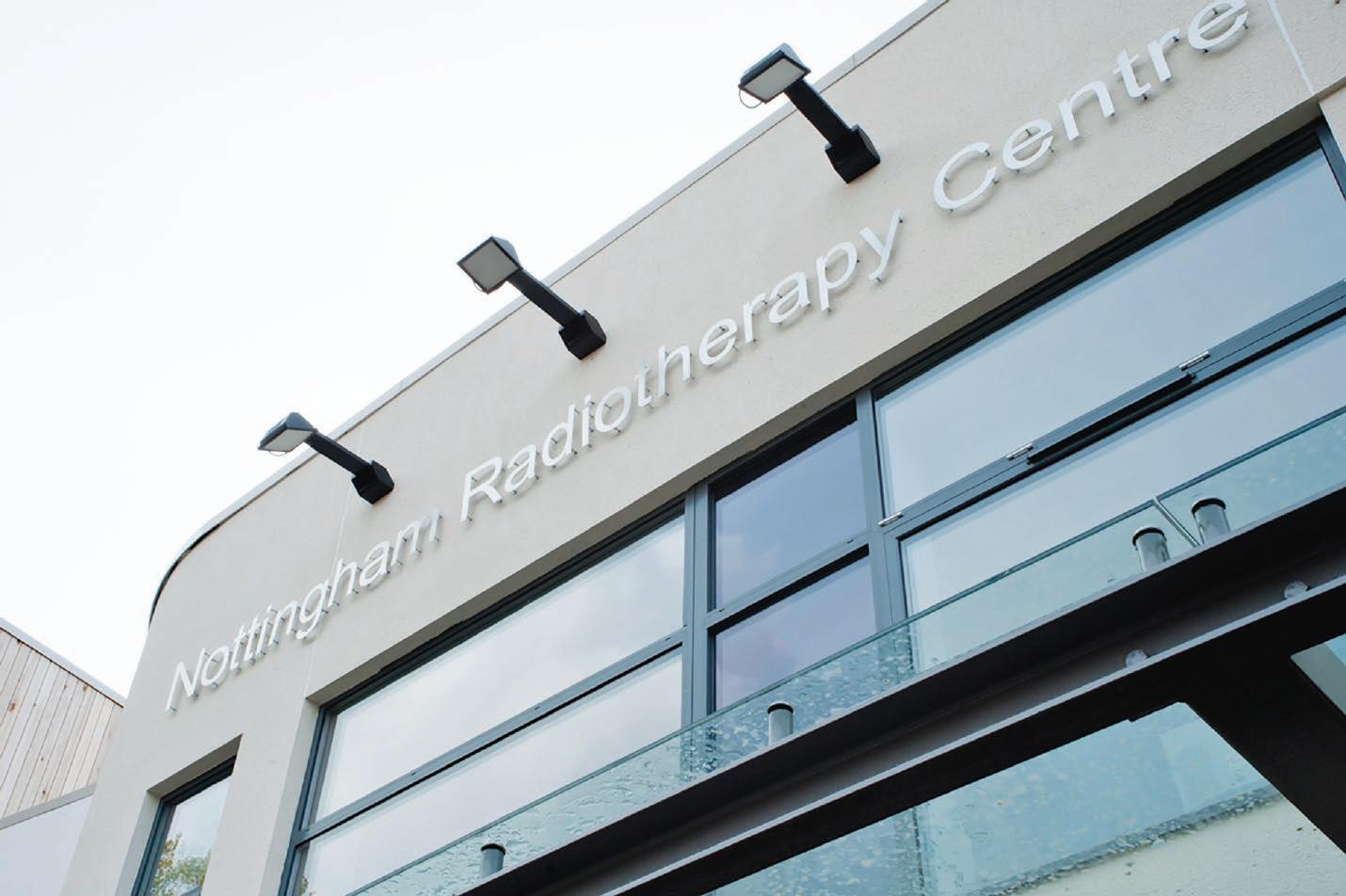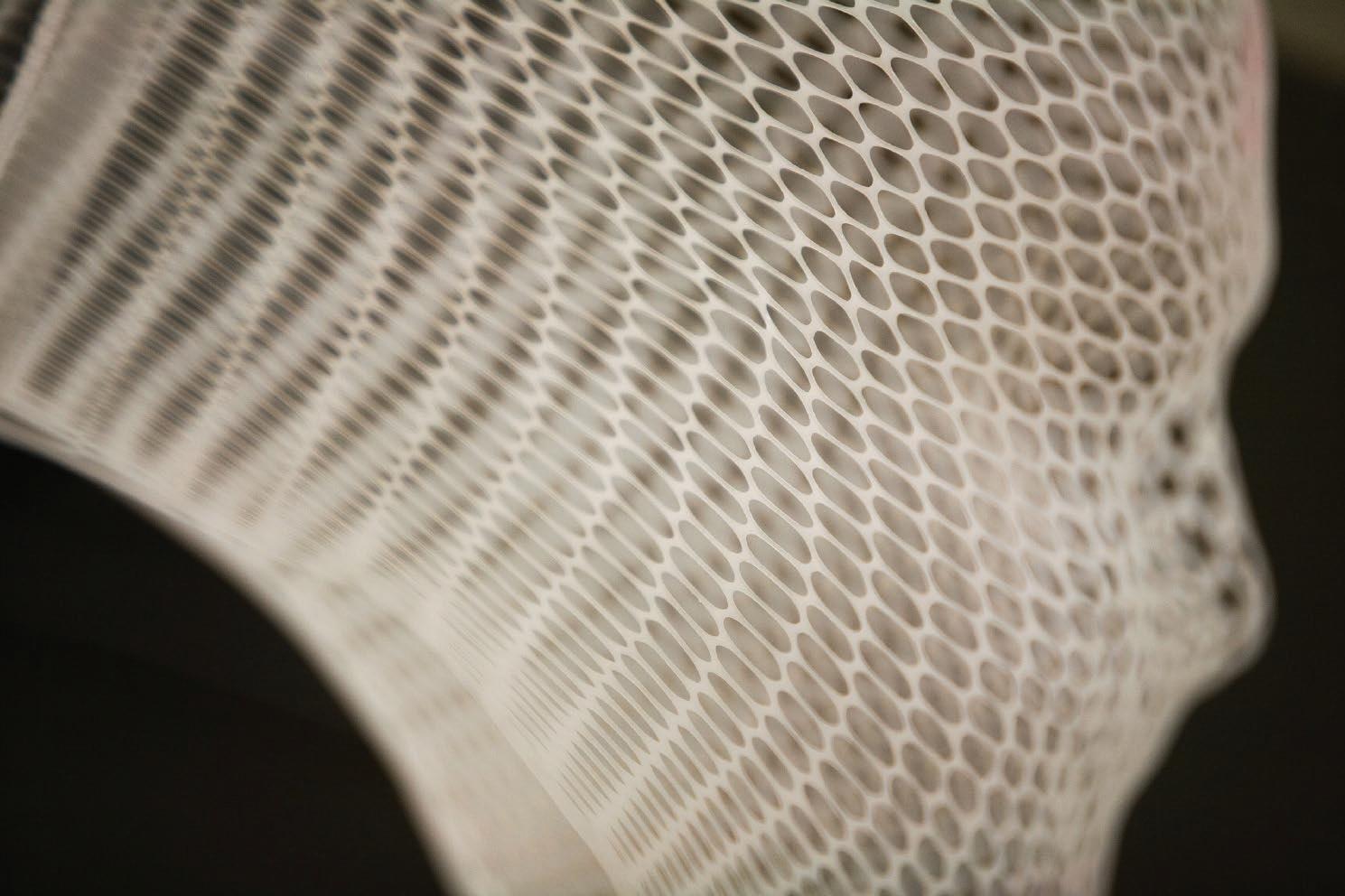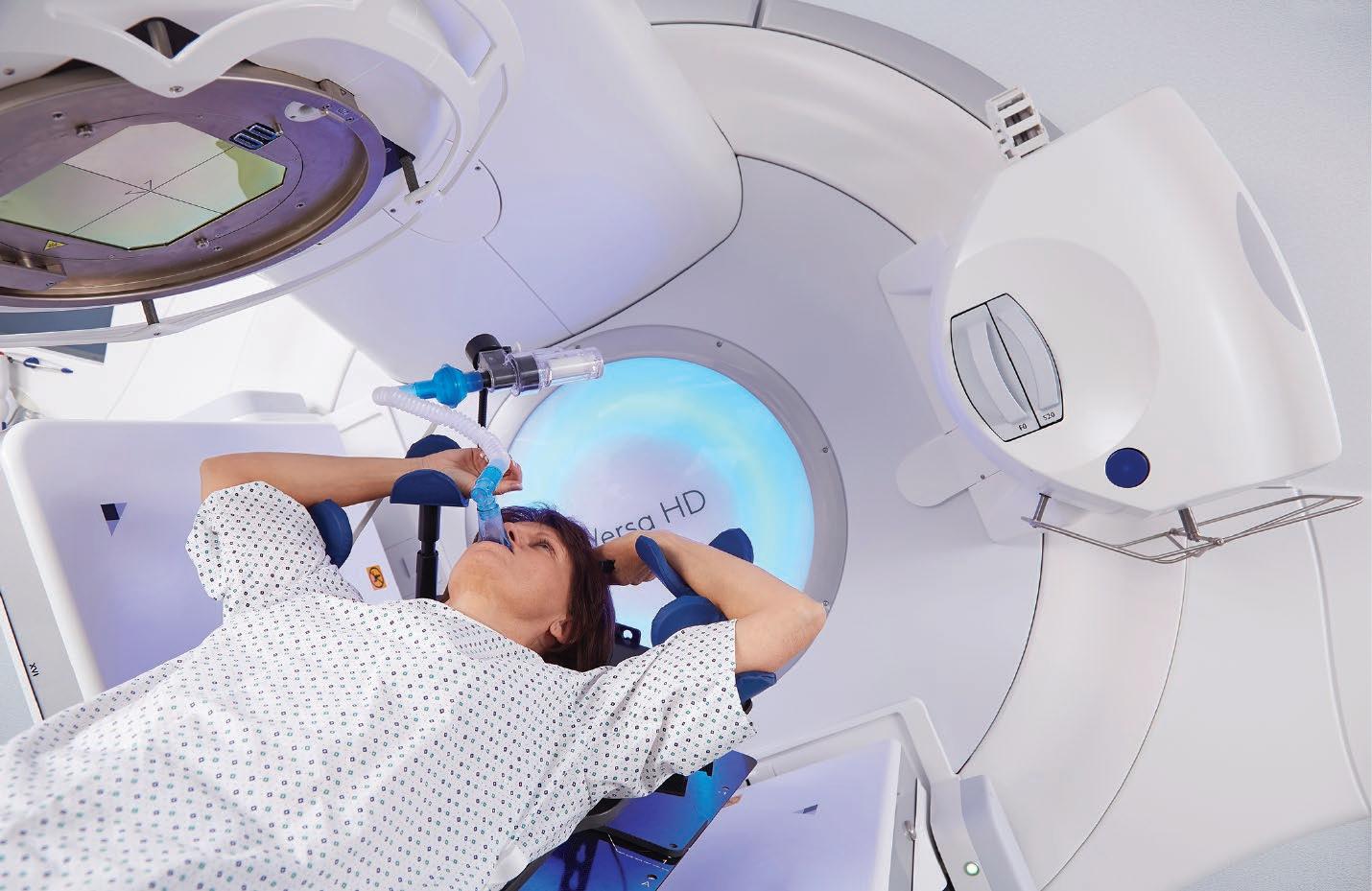IMPROVING THE ACCURACY AND PRECISION OF STEREOTACTIC RADIATION THERAPY
Advanced Integrated SRS Systems Improve Clinical Outcomes and Workflows Dr. Sophie Laurenson (BSc Hons., Ph.D. Cantab.) SRS and SBRT are complex, multidisciplinary procedures. Systems integrating and automating radiation delivery, patient positioning, imaging and treatment planning improve patient outcomes, clinical workflows and treatment cost-effectiveness.
Introduction
The complexity of treatment planning means that SRS accuracy must be evaluated end-to-end, taking every stage into account as potential for deviations.
As local therapies against cancerous lesions continue to evolve, management strategies have moved from a “one-treatment-fits-all” approach towards a more tailored and patientcentric design. Stereotactic radiosurgery (SRS) is intrinsically complex, involving multidisciplinary teams managing collections of sophisticated technologies. Regardless of the radiation delivery approach used, the fundamental concepts of radiosurgery remain consistent. They include the precise delivery of high radiation doses, minimal exposure to adjacent tissues, stereotactic localization, and automated dosimetry planning25. SRS is an integrated process, beginning with patient immobilization, target localization and delineation by medical imaging, treatment planning and finally, radiation treatment delivery. High definition dynamic radiosurgery (HDRS) is characterized by the integration of SRS features into a single clinical solution that enables optimization, planning, imaging and dose delivery.
SRS Systems: Integrated Platforms to Improve Patient Outcomes SRS delivery systems can be grouped based on the radiation delivery method employed 16 . Gamma Knife® platforms deliver radiation from a series of Cobalt-60 (60Co) sources, in contrast to systems utilizing a single source linear accelerator (linac). Precision and accuracy in SRS systems stems from the ability to manipulate radiation beams to directly affect only abnormal target tissue, without harming adjacent normal structures. This is achieved through treatment planning, enabling the optimization of dosing and dose distribution suitable for different SRS systems. 8 | WWW.HOSPITALREPORTS.EU
The Gamma Knife®, invented by the Swedish neurosurgeon Lars Leksell1, contains 192-201 cobalt-60 sources, each emitting a beam of gamma ray radiation. The beams converge at a point of intersection, known as the isocenter, to deliver a collimated beam directed towards abnormal target tissues. Mechanical accuracy of SRS radiation units is essential in positioning and aligning external radiation beams toward a target17. Despite weighing over one ton, the Gamma Knife system can achieve a beamfocusing accuracy of less than a millimeter (4). Linac systems generate high-energy x-ray beams that are manipulated with collimators to produce sequential cross-firing (or arcing) beams directed towards the target. Treatment planning involves deploying non-coplanar arcs of circularly collimated radiation beams rotating around a target isocenter26. High output linacs have been developed with improved mechanical accuracy and integrated software for SRS planning. A major advancement in SRS linac was the multileaf collimator (MLC) 27. MLCs are devices consisting of between 80-160 high atomic number “leaves”. Each leaf can independently interact with the radiation field, modulating the beam intensity and dose distribution shape with extreme precision. In this way, the radiation beam may be manipulated to conform to the exact morphology of the abnormal tissue. This ensures that residual disease in not left in situ, whilst limiting damage to adjacent healthy tissues. These advances paved the way towards intensity-modulated radiosurgery (IMRS), now often referred to as volume modulated arc therapy (VMAT). A major concern is the integrity of the imaging spatial accuracy and quality in correlation to the radiation beam isocenter26. Quality assurance checks must be implemented to ensure that the imaging system isocenter correlates with







